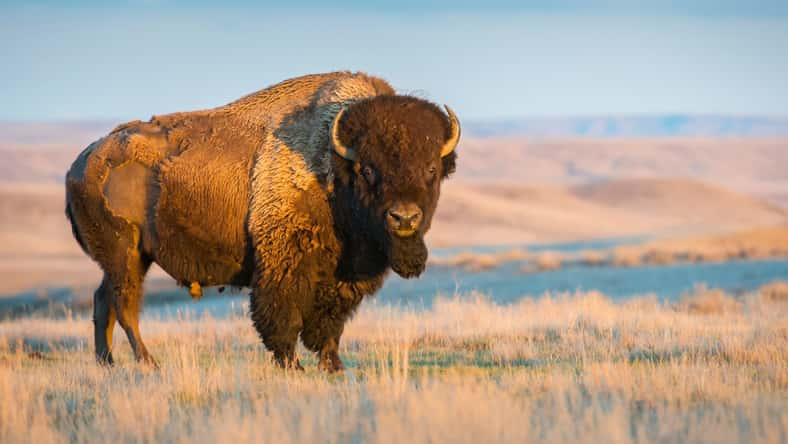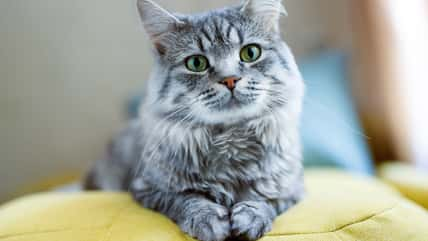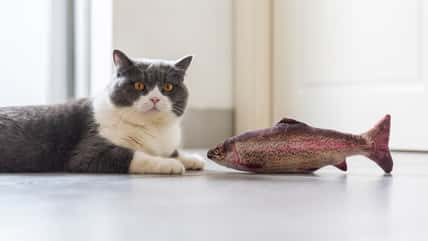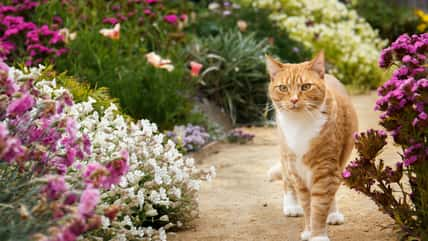Bison Were First Brought To Golden Gate Park As Part Of A Conservation Effort In 1891, And Now, Lucky San Francisco Visitors Can Still Catch A Glimpse Of The Herd

The Golden Gate Park in San Francisco, California, is home to several unique gardens, wildlife, art, and museums. Millions of visitors enjoy the vibrant scenery of the park every year. With so many fantastic treasures to explore across 1,017 acres, it’s almost impossible to pick out which of them is the best.
Perhaps the most spectacular and surprising feature of the park is the herd of 10 bison you might catch sight of as you stroll through the green meadows. Bison are not native to San Francisco, and they certainly stand out in the urban setting of the park.
So, how did they end up in one of the most bustling cities in the world?
The history of the bison goes way back. In the 1500s, it is estimated that 30 million to 60 million bison grazed in prairies all across America. That all changed when European colonizers arrived in North America in the 1600s.
Bison were aggressively hunted for their meat and hides. Their habitat started shrinking as people moved into the West to build farms and railroads. The U.S. government even encouraged the hunting of bison as part of a military campaign to deplete the Native Americans of one of their main resources and force them off their own land.
By 1889, there were fewer than 1,000 bison left in the wild. It was then that the decision was made to bring bison to Golden Gate Park. The goal was to preserve their population and honor the Wild West.
The first bison arrived at the park in 1891. He was a male named Ben Harrison. Soon, a female bison joined him. The very next year, a bison calf was born, kickstarting a breeding program to boost the bison population.
Since then, more than 100 bison calves have been produced at the park, helping to save the species from extinction. Over the decades, conservation efforts have increased bison numbers to the hundreds of thousands.
The bison herd at Golden Gate Park today are not descendants of the original occupants. In the early 1980s, some older bison from the original group contracted tuberculosis. The entire herd was replaced in 1984 with younger bison and again in 2011.

Jillian – stock.adobe.com – illustrative purposes only, not the actual bison
There are currently 10 bison in the park, and all of them are female. Around the beginning of 2020, five new bison calves were added to the herd. When adult male bison were present, things could get aggressive.
One time, a bull tried to attack a police officer on horseback. Escape attempts also occurred more frequently.
Male bison become more violent during breeding season because they fight for dominance in front of the females. So, having an all-female group just keeps everything calmer.
The bison spend most of their time grazing on grasses or resting. They also can be observed rolling around in the dust to regulate their body temperatures and repel insects.
Surprisingly, the bison love Christmas trees. If you visit the park in winter, you might just see them munching on the needle-like leaves.
Because of the Golden Gate Park, these majestic mammals can be viewed in the last place you’d expect them to be—in the heart of the densely populated urban area of San Francisco.
Sign up for Chip Chick’s newsletter and get stories like this delivered to your inbox.
More About:Animals





